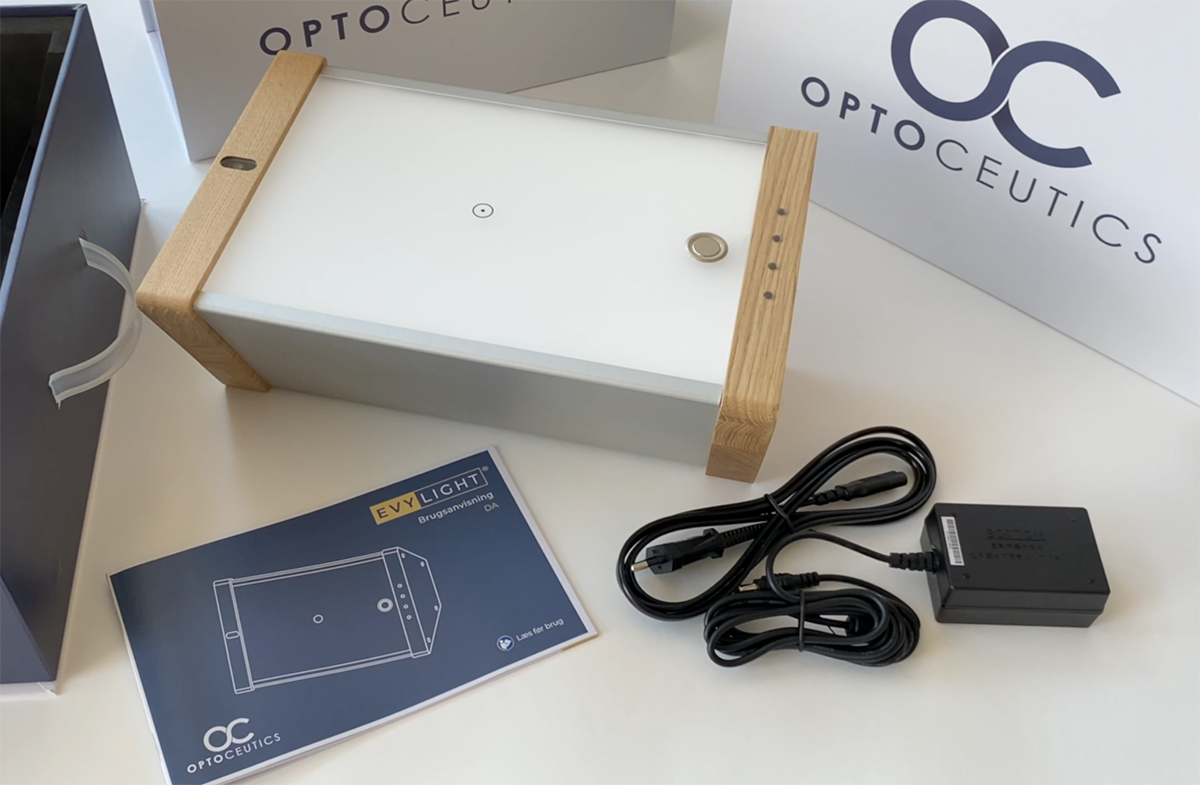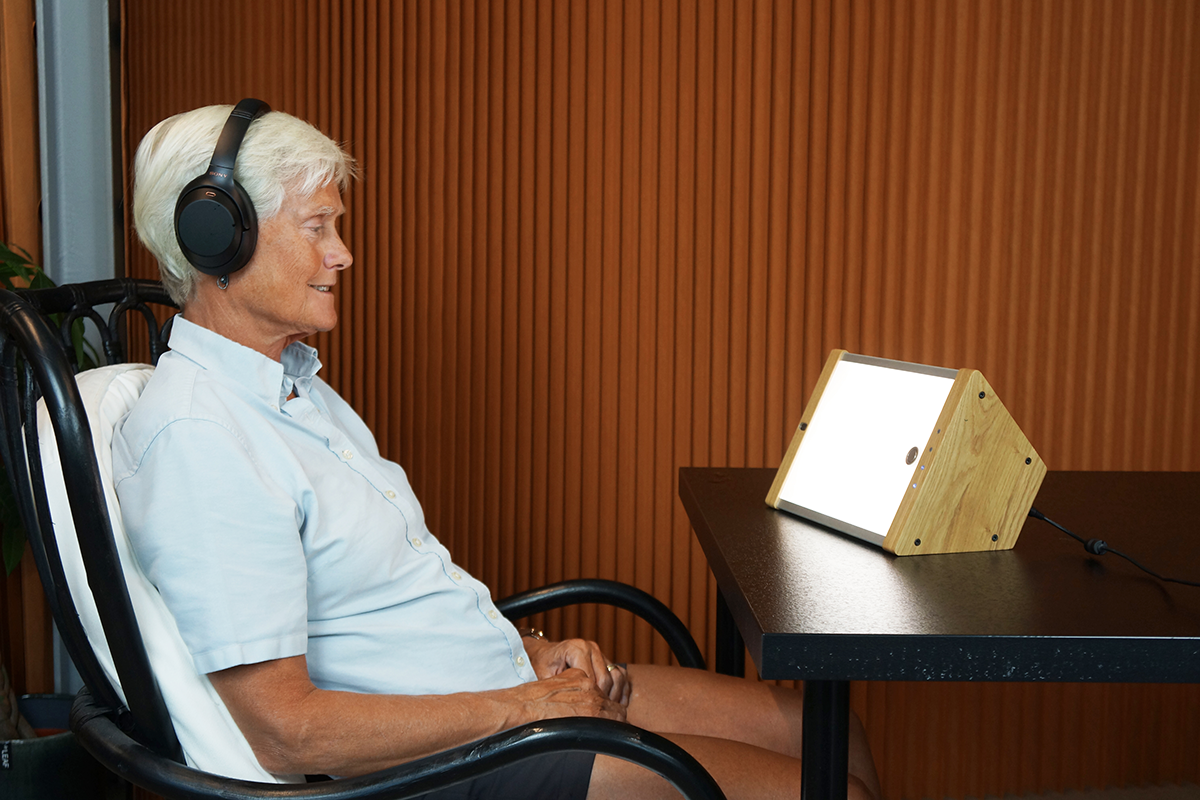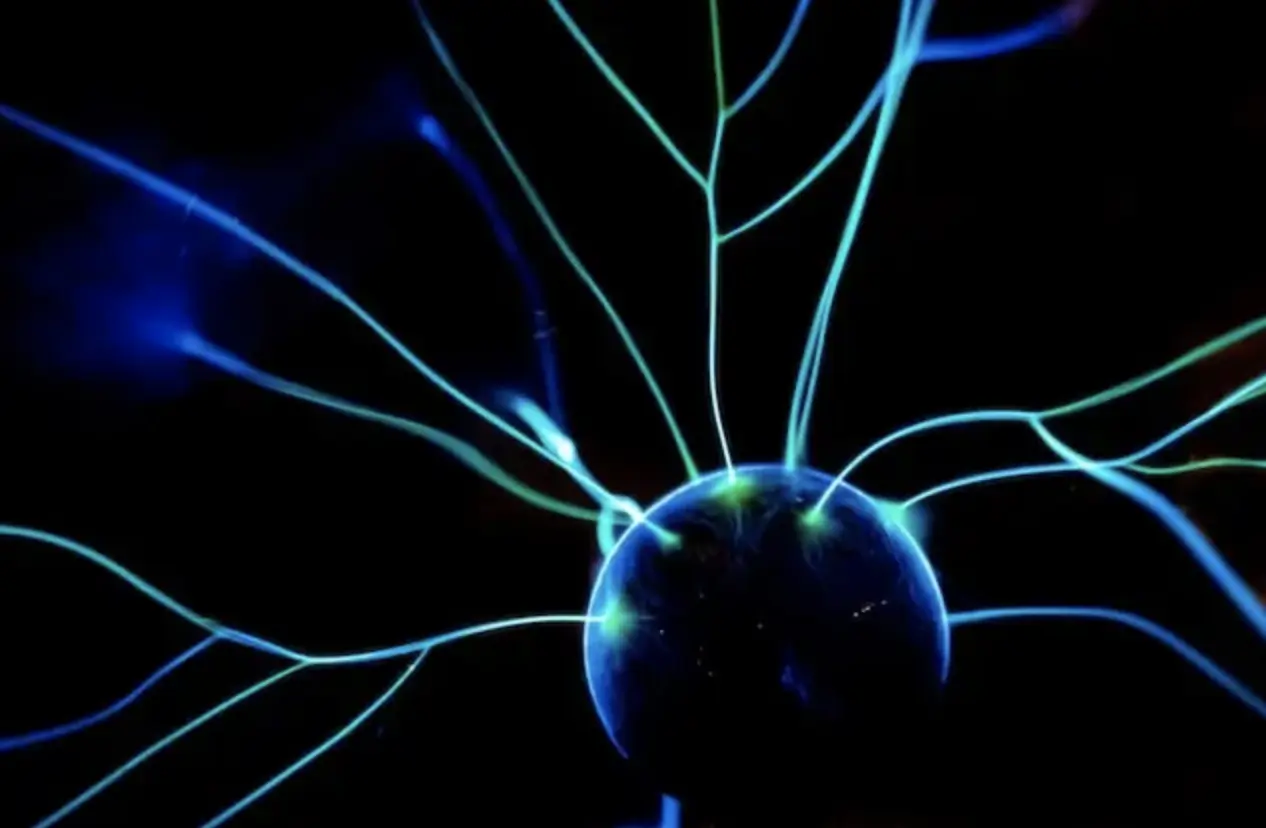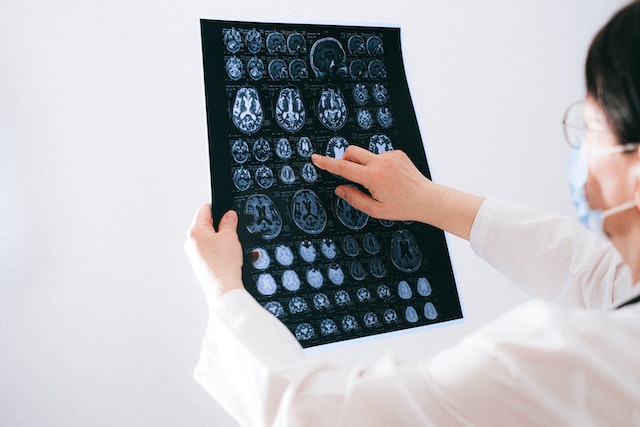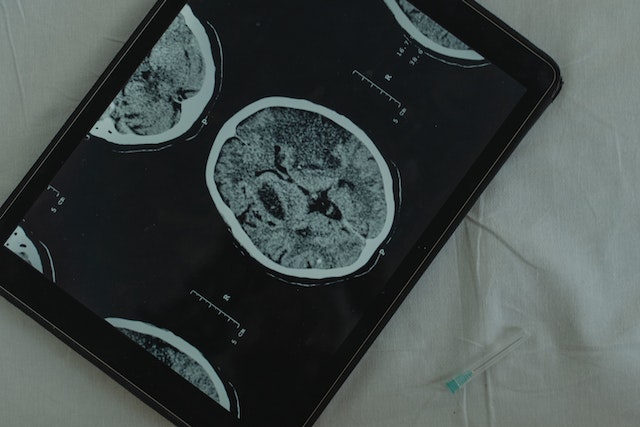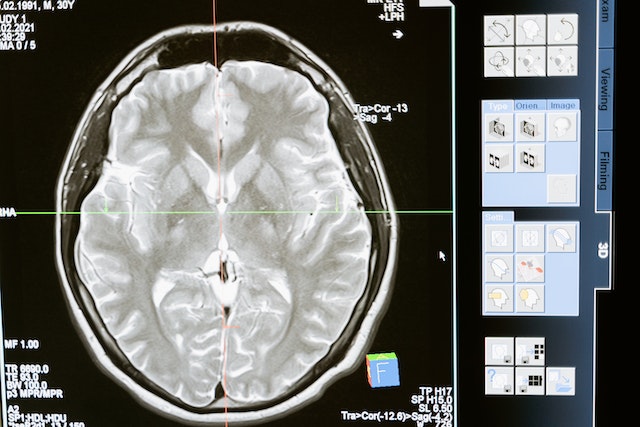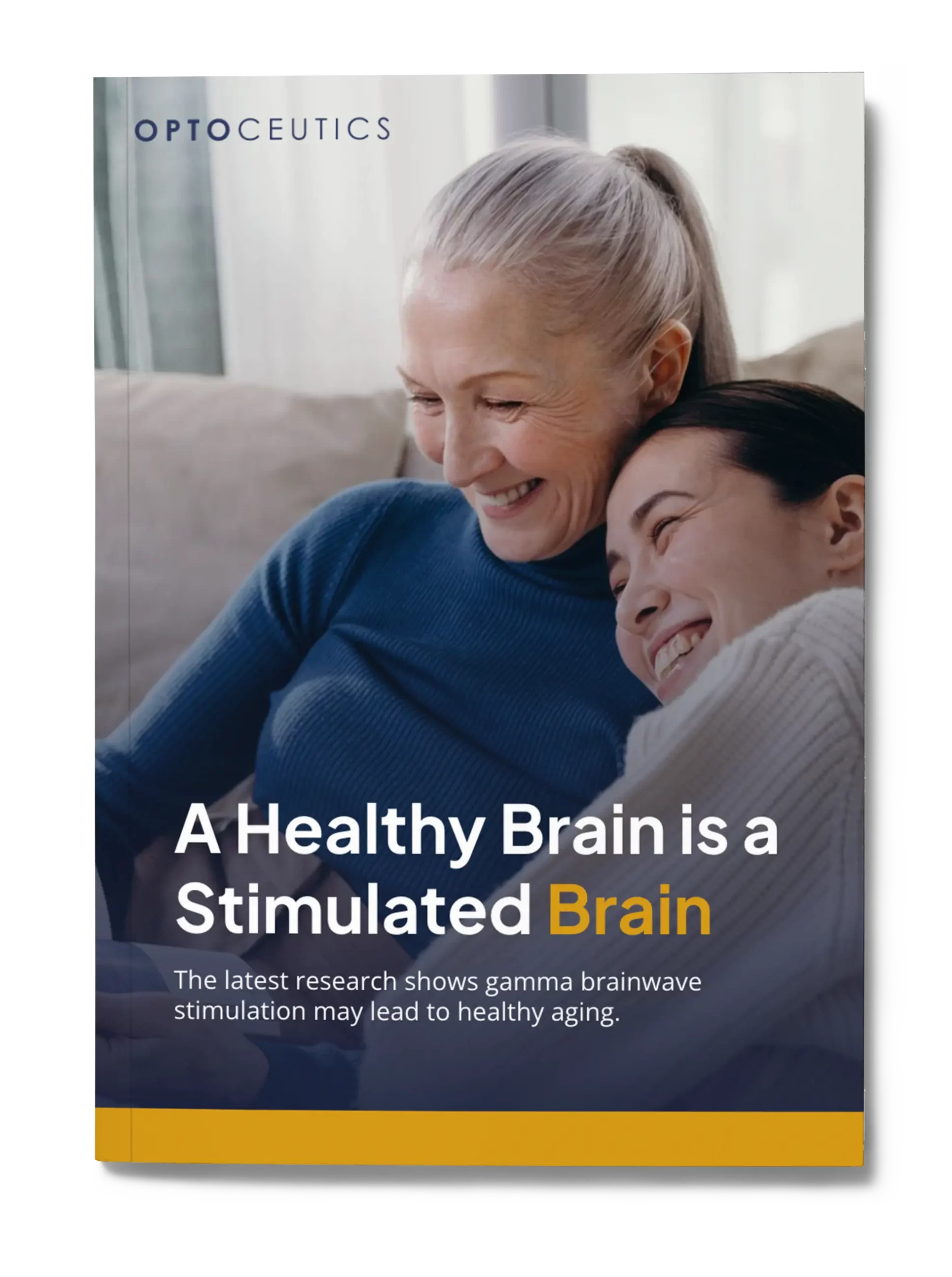Alzheimer’s disease is a type of neurodegenerative disorder that is becoming more prevalent due to an aging population. This disease has proved to be a challenging disease to treat, with medication offering limited improvements. Light therapy has recently been studied as a potential treatment option for Alzheimer’s, offering a new way to mitigate some of the main symptoms associated with this condition.

Christopher Ravn
Key Takeaways
1. Alzheimer’s disease is a neurodegenerative condition with no cure, but light therapy treatment could provide a new treatment option.
2. By using light therapy, researchers have found that many symptoms of Alzheimer’s, including sleep disruptions and memory loss, can be potentially reduced.
3. There are different forms of light therapy available that aim to target different symptoms of Alzheimer’s.
4. New at-home devices could provide an easy, cost-effective treatment option for Alzheimer’s disease.
Table of Contents
1. What Is Light Therapy For Alzheimer’s And What Are Its Benefits?
2. How Does The LED Technology Help With Alzheimer’s?
3. How Do You Carry Out A Light Therapy Session?
4. Ongoing Research And Clinical Trials In Light Therapy Treatments For Alzheimer’s
5. Effects Of Light Therapy On Brain Functions In Alzheimer’s Patients
6. What Is The Best Type Of Light Therapy For Alzheimer’s?
7. What Is The Best Device To Use With Light Therapy For Alzheimer’s?
8. How Much Does Light Therapy for Alzheimer’s Cost?
9. Can Light Therapy Be Detrimental If You Have Alzheimer’s?
10. Does Light Therapy Help With Sundowner’s Syndrome?
11. Frequently Asked Questions About Light Therapy For Alzheimer’s
What Is Light Therapy For Alzheimer’s And What Are Its Benefits?
Light therapy is a form of treatment that utilizes pulses of light to influence the chemistry in our brains. This can be a useful tool in the treatment of Alzheimer’s disease, which causes disruptions in the brains of those afflicted by it. There are various areas where light therapy could help those with Alzheimer’s, including improving sleep by targeting the circadian rhythm in the brain.
Recent studies have shown that light therapy can facilitate cognitive improvements, such as memory and attention. It might also be able to help stabilize the mood of those with Alzheimer’s, as well as improve sleep patterns and quality of life.
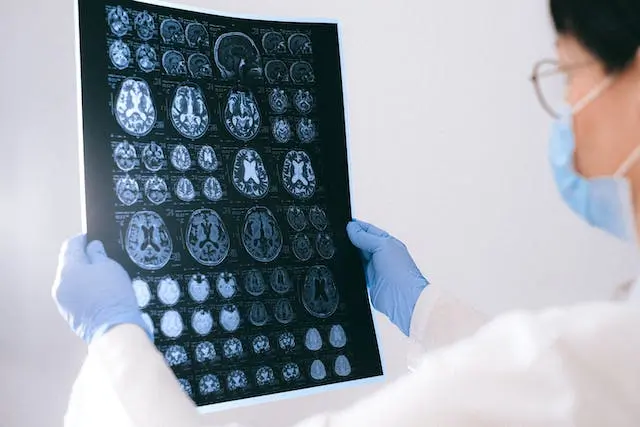
Can Light Therapy Help With Alzheimer’s?
Due to the ongoing nature of the studies around light therapy treatment for Alzheimer’s, more research will be required to truly understand how much light therapy can help with Alzheimer’s. With that said, signs are incredibly promising at the moment due to the positive outcomes from the recent research undertaken. What we know so far is that light therapy appears to help with the symptoms of Alzheimer’s in a number of different areas that include sleep behavior, brain strengthening and mood stabilization.
Other Treatments vs Light Therapy For Alzheimer’s
The treatment options for people with Alzheimer’s disease are quite limited, with most efforts using medication to slow the degenerative aspects of the condition. Light therapy, however, looks to provide treatment that doesn’t rely on medication. This will help alleviate any of the associated side effects that medications create. It might also be helpful to use light therapy in tandem with medications to create a broad treatment plan for patients.
How Does The LED Technology Help With Alzheimer’s?
The key component of light therapy treatment for Alzheimer’s is the use of light-emitting diodes (LEDs) to produce a light frequency that aligns with the brain’s gamma waves. LED lights are essential for this treatment as they can be set to pulse at 40Hz, ensuring that the therapy can effectively synchronize with brain wave patterns.
The studies that have focused on light therapy treatment for Alzheimer’s have all used LED lights in their trials. These studies use LED lights to effectively interact with the circadian rhythms of people with Alzheimer’s disease. This, in turn, looks to reduce behavioral disruptions, improve sleep patterns and increase the quality of life of people with this disease.
Near-Infrared Light And Alzheimer’s Disease
Near-infrared light therapy, also called red light therapy, is a specific type of light therapy for Alzheimer’s disease. It looks to boost the cognition of those with Alzheimer’s by penetrating into the brain to stimulate neurons. By penetrating deeply, this type of light therapy can affect different parts of the brain, such as:
- Mitochondria: Mitochondrial cells are responsible for creating energy for the brain, and light therapy can help enhance how efficient these cells are. This, in turn, can help improve neural functionality and cell survival in the brain.
- Blood Flow: Red light therapy has been shown to increase blood flow in the brain, which provides more nutrients and oxygen. This can strengthen the brain and promote the growth of new brain cells.
- Neurogenesis: Red light therapy has also been documented as a viable way to encourage neurogenesis, which is the growth of new neural connections in the brain. This could slow the progression of Alzheimer’s disease.
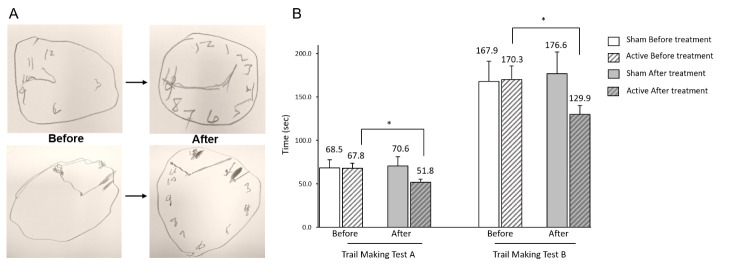
Small Studies And Their Findings
There have been various clinical trials that have looked at the overall efficacy of light therapy treatment for Alzheimer’s. These studies have shown that light therapy might be able to help prevent the death of neurons, slow the spread of amyloid proteins and preserve neural connections in the brain. All of this together can help Alzheimer’s patients by strengthening their memory recall.
Another key finding from these trials is that light therapy appears to be a relatively safe procedure with no serious side effects. Participants in clinical studies noted minimal side effects but a boost in brain activity. So, light therapy could be used on its own to provide some form of treatment, or as a complementary treatment alongside other options such as medication.
Light Therapy Mechanisms And Cellular Effects
Light therapy for Alzheimer’s appears to hold a lot of potential by directly affecting cells in the brain. Some of the most notable cellular effects noted in these studies include:
- Activating Mitochondria: Light therapy appears to have a direct impact on the activation of mitochondria in the brain, which gives the brain more energy to harness.
- Reactive Oxygen Species (ROS) Modulation: Light therapy has also been shown to boost ROS modulation in the brain, which promotes cell growth in the brain.
- Neuroprotection: Light therapy can also encourage new neuron growth while protecting existing neural pathways. For people with Alzheimer’s, this could help slow the progression of symptoms such as memory loss.
- Gamma Brain Wave Synchronization: Light therapy looks to synchronize gamma brain waves, which are disrupted in Alzheimer’s patients. In doing so, cognitive abilities, such as memory and attention, are enhanced.
Even though the research is still ongoing, the studies around light therapy and Alzheimer’s appear to show a number of improvements in brain chemistry. For example, researchers noted improved brain metabolism, increased brain blood flow and better stress response modulation in participants who underwent light therapy treatment.
How Do You Carry Out A Light Therapy Session?
Light therapy is a surprisingly straightforward procedure given the potential benefits it offers. This form of treatment is completely non-invasive, drug-free and has no significant side effects. In essence, it works by casting a pulse of light set to a specific frequency onto the user as a way to synchronize brain wave patterns.
This form of treatment can either be administered in a healthcare setting, such as in a hospital or private clinic, or at home using special light devices. At-home options make treatment easy to access and affordable. Treatment using this approach typically uses the following process:
- Light Setup: Set the light therapy lamp on a flat surface, around 2 feet away from you.
- Turn on the Light: When the light is on, all you need to do is sit back, relax and let the light cast over you. You can even use it while reading or watching television.
- Part of a Daily Schedule: Using light therapy is most beneficial when used on a daily schedule. Research shows that using it at the same time in the morning can help mimic the sun rising, which helps with your circadian rhythm.
What Is The Best Device To Use With Light Therapy For Alzheimer’s?
As the research surrounding light therapy is still ongoing, there aren’t all that many options available. You can opt to use the technology used in clinical settings, but you’ll need to check that your insurer will cover you. Alternatively, buying a high-quality light therapy device such as EVY LIGHT® is a great alternative. It’s a cost-effective solution that gives you the freedom to perform light therapy treatments in the comfort of your own home.
Ongoing Research And Clinical Trials In Light Therapy Treatments For Alzheimer’s
The most significant clinical study for light therapy treatment and Alzheimer’s disease was paused due to the pandemic. This research is going to be picked up again shortly, with hopes of expanding the trials to look at high-risk Alzheimer’s participants. The team also hopes to advance the research to help manage symptoms for Parkinson’s disease and Down syndrome.
Other long-term studies, such as those listed on Alzheimers.gov (managed by the National Institute for Health), aim to solidify the growing body of evidence around light therapy benefits. In time, more research will be able to shed light on the effectiveness of this treatment and find new ways to help treat Alzheimer’s disease in a non-invasive way.
What Is The Best 40Hz Device To Use With Light Therapy For Alzheimer’s?
Although the research surrounding 40Hz therapy is quite new, products are already being developed and rolled out to utilize this innovative research. Of these, Optoceutics has been one of the most efficient in providing a useful service to users, offering a ready-to-go product that works well in the home.

Enhance your brain performance through the power of light.
Comfortable and easy to use 40Hz light therapy to support and improve your brain function.
View Our LightEffects Of Light Therapy On Brain Functions In Alzheimer’s Patients
Although the research surrounding light therapy treatment for Alzheimer’s is ongoing, there are already lots of useful insights to glean. For example, brain functionality and cognition appears to be enhanced in a few different areas with light therapy, including:
- Improved Mood: Alzheimer’s is often characterized by mood disturbances, such as depression or anxiety. Light therapy appears to help stabilize these mood disturbances and lower the likelihood of them appearing.
- Neuroprotection: Light therapy could also potentially help with the creation of new neurons in the brain, which enhances neural functionality.
- Lower Amyloid Plaques: Amyloid plaques are found in the brains of advanced Alzheimer’s patients. Light therapy seems to reduce these plaques, which could slow the progression of Alzheimer’s.
- Memory Retention: A hallmark condition of Alzheimer’s is loss of memory, but light therapy appears to partially reverse this aspect of the disease. It also helps improve the attention span of those with Alzheimer’s.
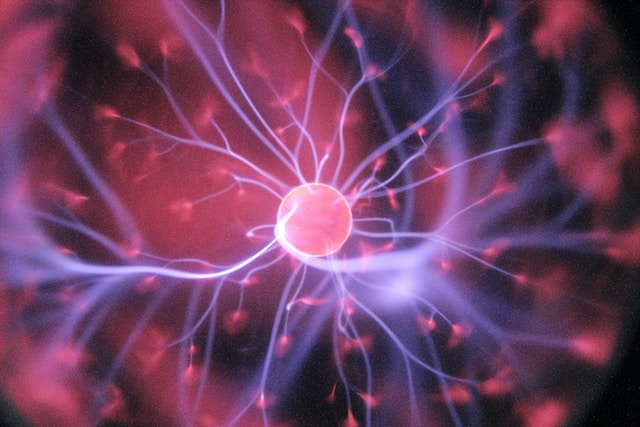
Effect Of Light Therapy On Disturbed Behaviors
Alzheimer’s disease is often associated with a number of disturbed behaviors, especially as the disease progresses. These behaviors range from poor sleep patterns to aggression or depression. Light therapy appears to offer a way to mitigate many of these behaviors, as well as things like memory loss.
So by alleviating these symptoms, Alzheimer’s light therapy looks to offer a better quality of life for people affected by Alzheimer’s disease. From improving the quality of sleep to helping with things like memory retention, light therapy seems to offer an incredibly beneficial treatment — either individually or with medication.
The Circadian System In Alzheimer’s Disease
Our circadian system is responsible for telling our body when we are tired and when we are rested. People with Alzheimer’s disease typically have disruptions in their circadian system, which affects their sleep patterns. This, in turn, can cause behavioral changes due to disrupted sleep. Light therapy could help reset the circadian rhythm of these individuals to help them get back to a better sleep pattern.
Due to the interconnected nature of the symptoms associated with Alzheimer’s, light therapy could potentially help with other issues beyond circadian systems. For example, by addressing sleep disruptions, light therapy also helps with mood stabilization.
What Is The Best Type Of Light Therapy For Alzheimer’s?
The best type of light to use for light therapy Alzheimer’s treatments is one that can use 40 Hz pulses of light. In most studies, LED lights were used at a frequency of 40Hz to align with the gamma waves of the brain. Different types of light therapy exist that use these parameters, including:
- Bright Light Therapy: Bright light therapy uses a bright light to emulate the sun rising. It is predominantly used to help adjust the circadian system in Alzheimer’s patients, helping to address sleep disruption issues.
- Blue Light Therapy: This form of light therapy works in a similar way to bright light therapy. It uses a low-brightness blue light to help reset circadian systems and improve mood patterns.
- Red Light Therapy: Unlike the other forms of light therapy, red light therapy treatment penetrates deep into the skull. This helps target neurons via photobiomodulation, also known as low-level laser therapy, and can help improve cognitive abilities such as memory retention.
We Believe Prioritizing Brain Health Enhances Your Quality Of Life
Get to know our team, our mission and how our EVY LIGHT® can provide you and your loved ones with a fuller life, letting you breathe a little easier.
What Is The Best Device To Use With Light Therapy For Alzheimer’s?
The best device to use as part of a light therapy treatment is one that utilizes LED technology and can pulse at 40 Hz. Ideally, you want to find a device that meets these parameters while also creating a cost-effective, at-home solution, making the treatment simple, affordable and effective.
You’ll also want to consider whether you want to use stroboscopic technology or not. For many people, this type of light can cause side effects ranging from headaches and nausea to epileptic seizures. Instead, using OptoCeutics patented Invisible Spectral Flicker (ISF) technology completely mitigates these problems as the light pattern changes can’t be seen by the naked eye. So, if you are concerned about the side effects of stroboscopic technology, EVY LIGHT is a viable alternative.
How Much Does Light Therapy for Alzheimer’s Cost?
The total cost of light therapy treatment for Alzheimer’s will depend on where you receive treatment and whether or not your insurance provider will cover it. Some hospitals will include light therapy as part of their treatment plan, but even then you’ll need to check with your insurer to make sure it’s covered. Otherwise, you’ll have to pay full rates for this service, which is very costly.
Another option is to use an at-home light therapy device. This removes the burden of cost associated with clinical treatment, and you don’t have to work through insurers to use it. All you have to pay up-front is the cost of the device, giving you access to light therapy without the big price tag.
Can Light Therapy Be Detrimental If You Have Alzheimer’s?
Although dementia light therapy has been shown to be a safe procedure with minimal side effects, there are still select groups of individuals who should be cautious. As dementia light therapy uses our visual senses to provide treatment, certain conditions may be worsened or triggered by the pulsing light. If you suffer from any of the following conditions, consider speaking with a medical professional to decide whether or not light therapy is suitable for you:
- Retinal disease or other conditions affecting your eyes
- Skin sensitivity or conditions such as dermatitis
- Behavioral conditions such as bipolar disorder
- Light sensitivity or a disposition to migraines
Learn What Others Have Experienced with EVY Light
See how others have achieved a sharper mind by activating their gamma brainwaves in combination with maintaining a healthy lifestyle.
Does Light Therapy Help With Sundowner’s Syndrome?
Sundowner’s syndrome is a condition that is often linked to Alzheimer’s disease. Many of the symptoms associated with Alzheimer’s, such as confusion or memory loss, are more pronounced in the late afternoon or early evening if you also have sundowner’s syndrome.
Light therapy appears to help with sundowner’s syndrome by adjusting the circadian system in people with Alzheimer’s. There isn’t much research around how light therapy impacts sundowner’s syndrome yet, but what has been studied seems to point to a viable treatment option.
Frequently Asked Questions About Light Therapy For Alzheimer’s
What Is The Best Light Therapy For Alzheimer’s?
When it comes to finding the best light therapy for Alzheimer’s, it’s important that you look for treatment options that harness the power of the 40Hz frequency. This approach has been shown to interact with gamma brain waves, which are disrupted in people with Alzheimer’s disease. By adjusting these brain waves, many of the symptoms associated with this disease appear to diminish.
How Light May Help People With Alzheimer’s Disease?
Light therapy looks to provide a viable treatment option for people with Alzheimer’s disease without using medication. Research has pointed to light therapy promoting neurogenesis, neuroprotection and general cognitive improvements. Moreover, it can help reset sleep patterns, which helps with mood, the progression of symptoms and quality of life.




